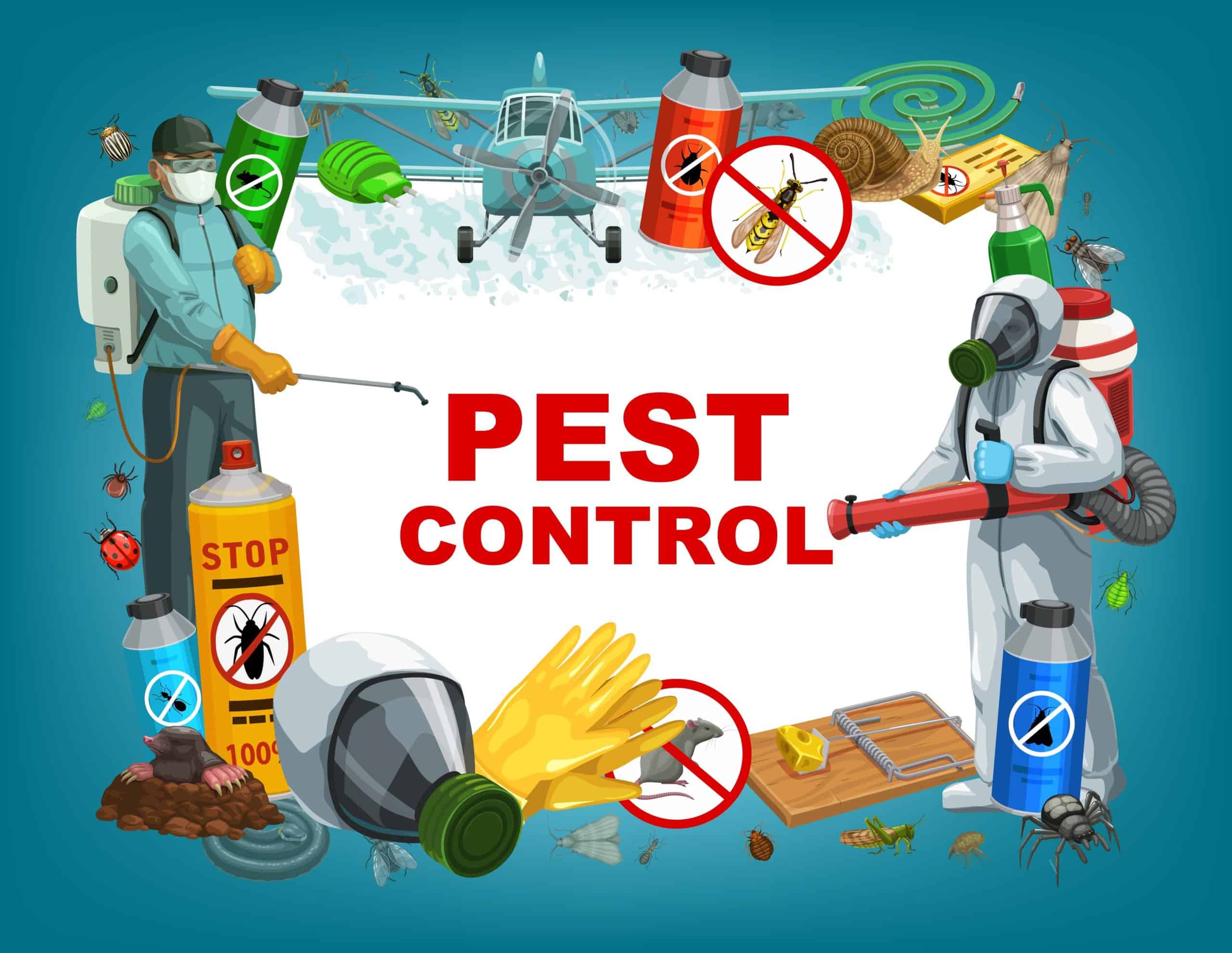Reliable A1 Bed Bug Treatment in Charlotte - Safe and Proven Approaches
Reliable A1 Bed Bug Treatment in Charlotte - Safe and Proven Approaches
Blog Article
Bed Bug Therapy Breakdown: Contrasting Chemical Vs. Non-Chemical Solutions
In the realm of insect control, particularly when handling the persistent issue of bed insects, the option in between chemical and non-chemical therapy services can be a crucial one. Both strategies use distinct benefits and downsides, influencing aspects such as efficiency, security considerations, and total expense. By analyzing the nuanced details of each technique, a clearer understanding of which course to seek in dealing with a bed pest infestation can be obtained.
Effectiveness of Chemical Treatments
Chemical therapies for bed insect infestations have actually been commonly acknowledged for their powerful and fast efficacy in removing these parasites. When thinking about the performance of chemical therapies, it is essential to comprehend that they can give a fast and comprehensive option to a bed bug problem. Expert pest control experts usually rely on pesticides to target bed insects at different stages of their life process, including fairies, adults, and eggs. These chemicals usually function by disrupting the bed pests' nerves, causing paralysis and eventual fatality.
Additionally, chemical treatments have the benefit of offering recurring effects, suggesting that they can proceed to eliminate bed pests even after the initial application. This recurring activity is specifically beneficial in combating any kind of potential re-infestations. In addition, the fast activity of chemical treatments can bring relief to individuals dealing with serious bed pest invasions, enabling them to gain back control of their home swiftly.
Safety Interest In Chemical Solutions
One crucial element that needs cautious factor to consider when making use of chemical solutions for bed bug therapy is making certain the safety and security of occupants and the setting. Direct exposure to certain chemicals made use of in bed insect treatments can lead to respiratory issues, skin irritability, or various other adverse responses, especially in people with pre-existing conditions or sensitivities.
In addition, the environmental effect of chemical solutions is another substantial consideration. Some pesticides made use of in bed insect treatments might be harmful to beneficial pests, wild animals, and ecosystems if they seep into the soil or water supply. It is necessary to use chemical therapies deliberately, complying with safety and security guidelines, and taking into consideration less harmful alternatives to mitigate these dangers and make sure the safe and efficient management of bed insect infestations.
Advantages of Non-Chemical Strategies
Taking into consideration the prospective safety and security problems and environmental influence connected with chemical remedies for bed bug treatment, exploring non-chemical strategies provides a promising option with a number of distinctive benefits. Non-chemical approaches supply a safer alternative for houses, particularly those with pets, kids, or individuals conscious harsh chemicals. These approaches eliminate the threats of exposure to hazardous materials, decreasing the possibility for adverse health and wellness results. Furthermore, non-chemical therapies are ecologically pleasant, as they do not add to air or water air pollution, making them a lasting choice for parasite control.
Additionally, non-chemical solutions can be reliable in targeting bed bugs, consisting of hard-to-reach locations where chemical treatments might not pass through - A1 bed bug exterminator charlotte. Methods such as heat treatment, vacuuming, vapor cleansing, and mattress encasements offer thorough obliteration without see this site the use of hazardous chemicals.
Limitations of Non-Chemical Treatments

Furthermore, non-chemical treatments frequently require numerous applications to accomplish effective eradication. This can be lengthy and might not constantly assure full removal of all bed insects and their eggs, specifically in surprise or hard-to-reach places.
In addition, the success of non-chemical treatments heavily counts on appropriate application and thoroughness, which can be testing for individuals without specialist proficiency. Poor application of non-chemical techniques may result in insufficient removal, leading to consistent infestations and the need for extra treatments.
For that reason, while non-chemical therapies have their benefits, it is important to acknowledge these restrictions and consider them when identifying one of the most reliable method for managing bed pest infestations.
Expense Comparison: Chemical Vs. Non-Chemical Options
Given the restrictions linked with non-chemical treatments, an important element to examine in the context of bed pest administration is the cost contrast between chemical and non-chemical alternatives. Chemical therapies generally involve the application of pesticides by professionals, which can vary from $250 to $900 per space, depending upon the seriousness of the invasion and the dimension of the location to be dealt with. On the other hand, non-chemical therapies like warmth therapy or steam can be extra pricey, with costs varying from $1,000 to $6,000 for an entire home. While the first cost of chemical therapies may appear lower, numerous therapies might be called for to completely get rid of the problem, potentially raising the general expense. On the other hand, non-chemical alternatives may offer an extra green and lasting option, although they can be cost-prohibitive for some people. Inevitably, when taking into consideration the price of bed insect therapy choices, it is very important to consider the ahead of time expenses versus the effectiveness and lasting sustainability of the chosen technique.
Final Thought

Taking into consideration the prospective security issues and what is pest control in agriculture ecological influence connected with chemical services for bed bug treatment, exploring non-chemical approaches provides an encouraging alternative with several unique benefits.Provided the constraints associated with non-chemical therapies, a vital aspect to review in the context of bed insect monitoring is the cost contrast in between chemical and non-chemical alternatives. In contrast, non-chemical treatments like warmth therapy or heavy steam can be more expensive, with expenses varying from $1,000 to $6,000 for a whole home. While the first price of chemical therapies might seem lower, several therapies might be required to completely eradicate the infestation, possibly enhancing the total expense.In verdict, when contrasting chemical and non-chemical bed pest treatment alternatives, it is vital to consider performance, safety and security, benefits, limitations, and expense.
Report this page